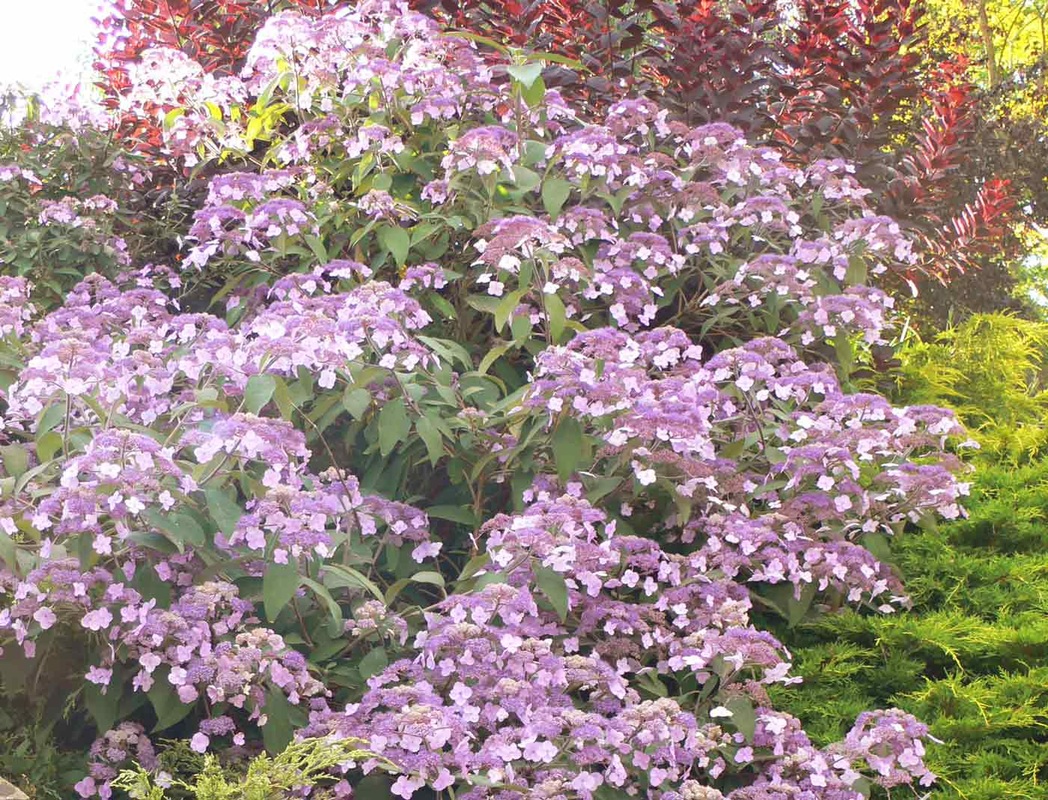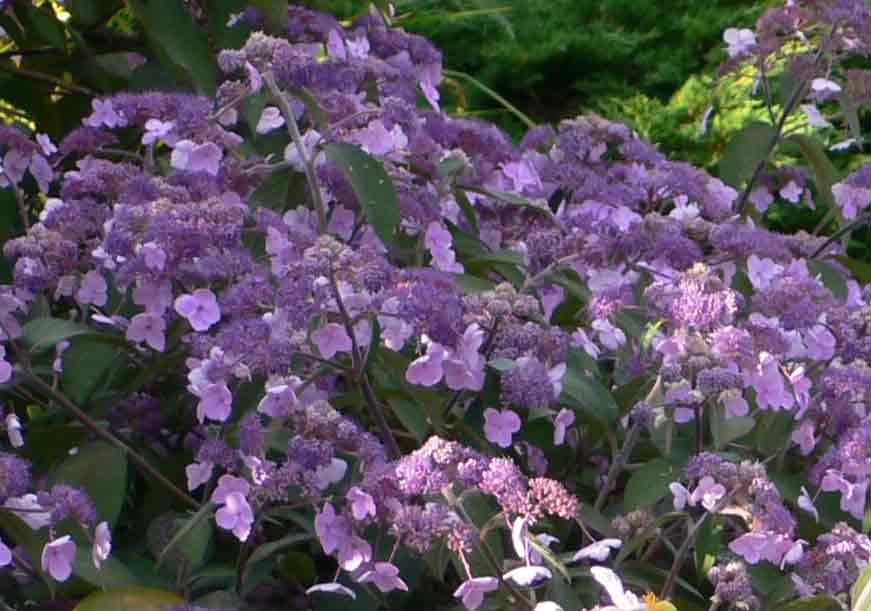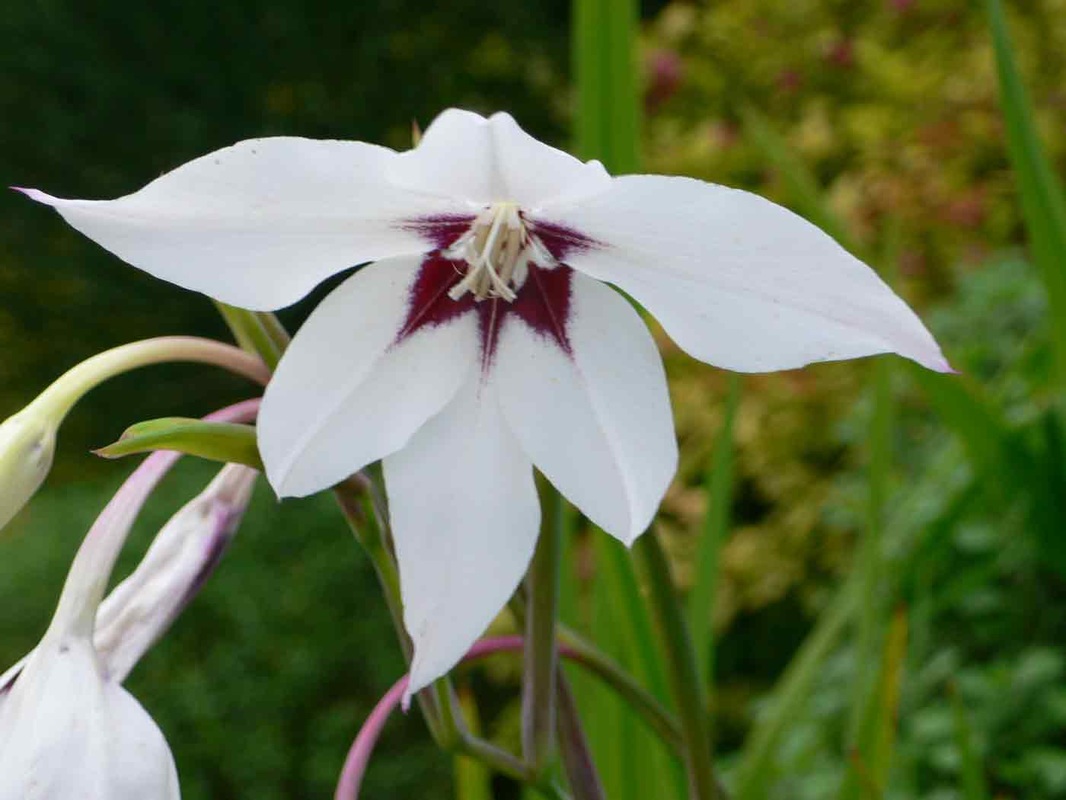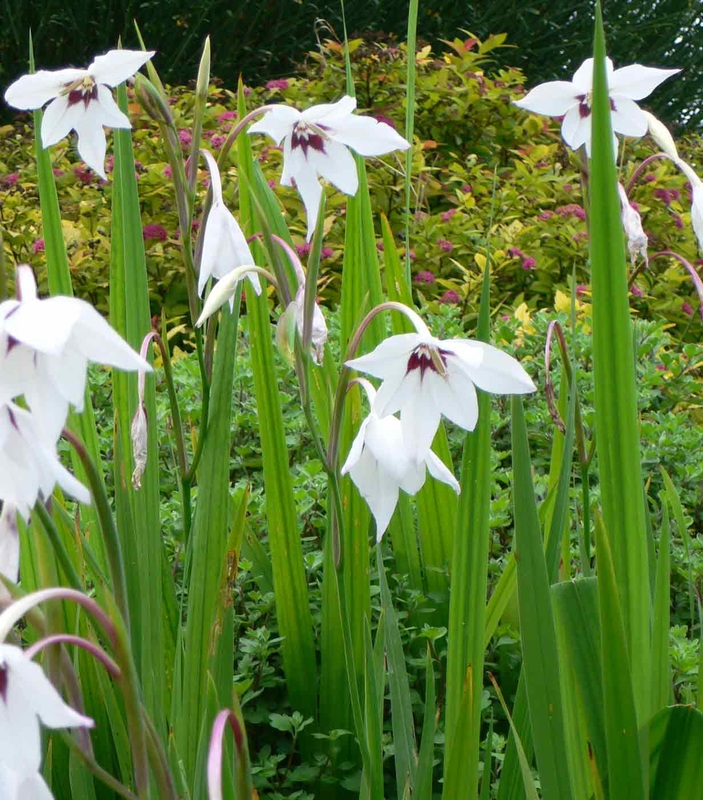Not a subject for every dinner table, but worth knowing in case you should be unlucky enough to get a blocked drain or a flood. At least the London Assembly knows which way the drains flow... The London assembly have released a draft document for sustainable urban drainage (SUDS) which contains this image of the main sewer network of London:
This 'snapshot' of London's invisible underground architecture reveals the geomorphology underlying that most necessary of urban of infrastructural developments - the sewer.





 RSS Feed
RSS Feed